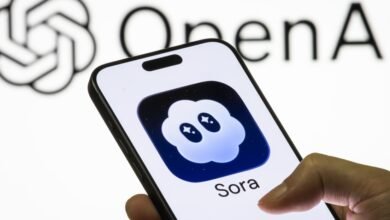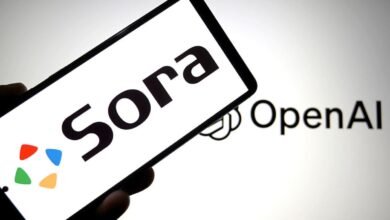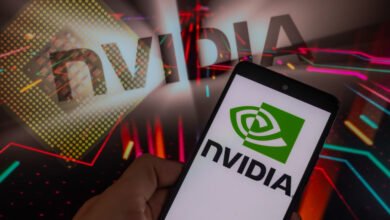OpenAI’s Sora Adds Reusable Characters and Video Stitching

▼ Summary
– OpenAI’s Sora app now allows users to create reusable avatars called “character cameos” for AI-generated videos, expanding beyond personal likenesses to include pets, illustrations, and toys.
– The feature includes customizable permissions for each character, letting users keep it private, share with mutual followers, or make it available to all Sora users.
– Character cameos can be generated from original personas created in Sora, but it’s unclear if fictional people from other AI tools are accepted or how photorealistic they can be.
– Sora has added video stitching to combine multiple clips into longer, multi-scene videos and leaderboards to showcase popular videos and cameos.
– OpenAI is temporarily offering open access to Sora in the US, Canada, Japan, and Korea without invitation codes, coinciding with a trademark lawsuit from Cameo over the “cameo” feature name.
The latest update to OpenAI’s Sora video generation platform introduces powerful new creative tools, including reusable character avatars and enhanced video editing capabilities. These additions significantly expand what users can produce with the AI-powered system, moving beyond simple video creation into more complex and personalized content production. Character cameos represent one of the most notable innovations, allowing creators to design persistent digital personas that can appear across multiple videos.
Building on existing functionality that let users create AI representations of themselves, the character system now supports a much wider range of subjects. People can generate reusable avatars from photographs of their pets, digital illustrations, or even physical objects like toys. For those who prefer not to build from scratch, OpenAI provides a selection of pre-made characters ready for immediate use in video projects. Each character maintains its own permission settings independent of the creator’s personal likeness controls, giving users flexibility in how they share their digital creations.
According to the official release documentation, “Once you’ve created a character, it operates with its own distinct permission structure. You can keep it entirely private, share it exclusively with mutual followers, or make it available to the entire Sora community.” The platform allows creators to assign display names and unique handles to their characters, then simply tag them whenever they should appear in a video scene.
While OpenAI confirms that characters can originate from “original personas” generated within Sora, questions remain about the boundaries of this feature. The company hasn’t clarified whether users can import fictional characters created through external AI tools, nor has it specified limitations on how realistic these digital personas can appear. This ambiguity raises important considerations about how Sora might differentiate between AI-generated characters and representations of actual individuals, particularly as the platform scales.
The timing of this “cameo” feature launch coincides with legal challenges from the celebrity video platform Cameo, which recently filed a trademark infringement lawsuit against OpenAI over the terminology used in Sora’s new functionality.
Beyond character creation, Sora’s update brings practical editing enhancements through video stitching capabilities. This feature enables creators to seamlessly combine multiple video clips into longer, multi-scene narratives. The platform now also includes leaderboards that highlight the most remixed videos and the most frequently used characters and creators. To encourage experimentation with these new tools, OpenAI has temporarily removed invitation requirements for users in the United States, Canada, Japan, and Korea, making the platform more accessible during this limited promotional period.
(Source: The Verge)





